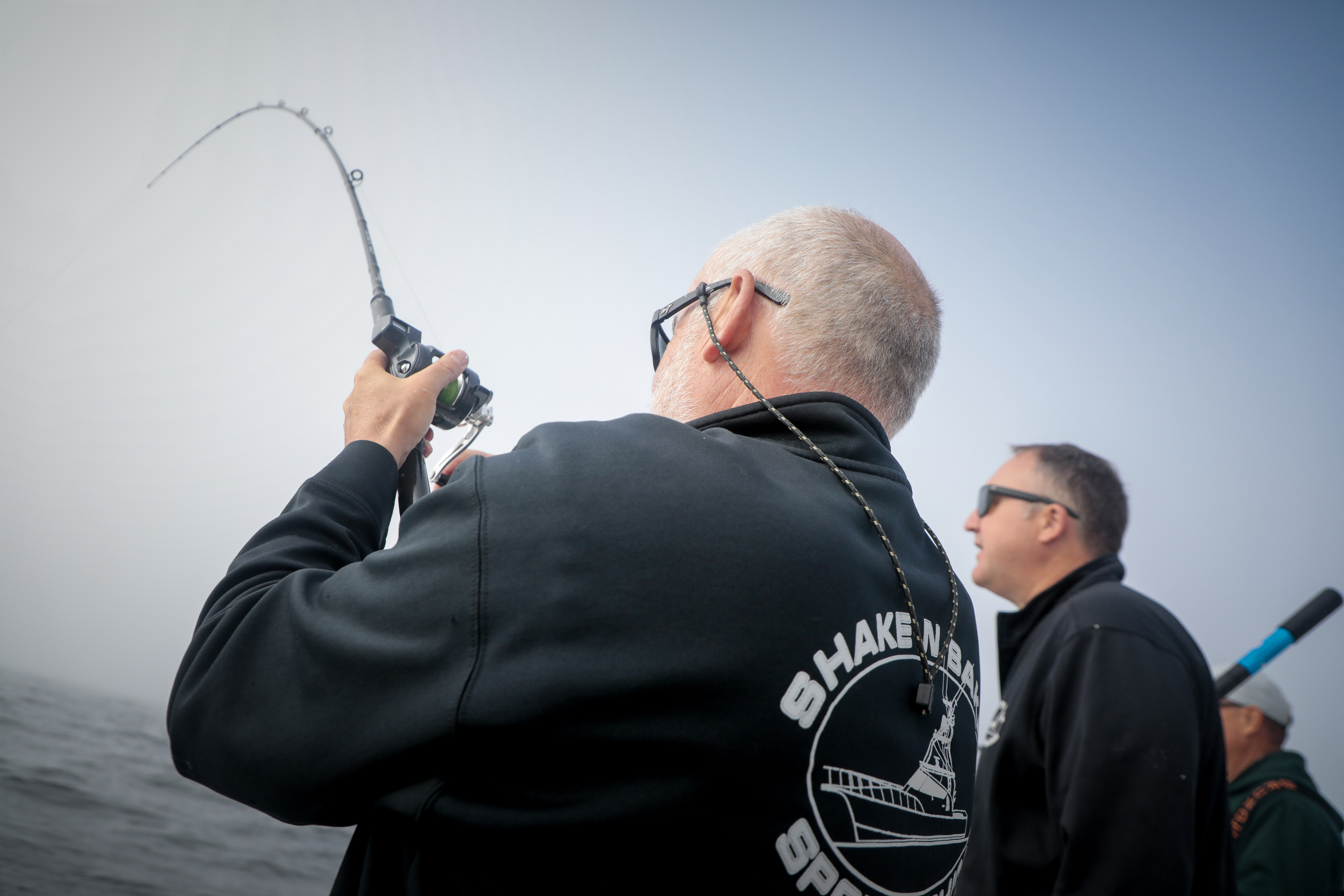Amateur Radio: Listen in for information or get a license yourself
Published 4:00 pm Tuesday, February 19, 2008
PACIFIC COUNTY – Citizen-operated radio broadcasts are a key way of communicating during natural disasters like December’s “big blow.” Most anyone with a police scanner can listen in on amateur “ham” radio frequencies, making them a valuable way of getting the news out.
Trending
Many folks think of amateur radio in terms of “shortwave,” more correctly ‘HF’ frequencies, which we use for long distance communication. Many hams use these frequencies, but only a few are used during an emergency for local or regional contacts. Primarily the frequency 3.987 Lower Side Band is used in the Western Washington region. You can tune in on a shortwave radio as long as it is capable of receiving Single Side Band transmissions.
Most of our emergency communications will be found on the VHF and UHF amateur bands. These are more local in character, augmented by repeater stations that greatly extend the range. This concentrates much of the traffic on the local repeater channels, making it easy to eavesdrop during an event. These frequencies can be received on a “police scanner.” Most scanners will run on a battery, and can usually be plugged into a car lighter socket with the proper cord, if utility power is out.
It has never been easier to earn an amateur radio license. Why just listen in when you can be part of the action and have personal communication in emergencies.
Trending
The above frequencies are the most common for amateur use in this area (all listed in MHz) and many of these may be linked together.
For more information on the local amateur repeaters, check the following two Web sites:
www.qsl.net/nm7r
(BeachNet repeater system)
www.qsl.net/w7rdr
(Pacific County
Amateur Radio Club)









